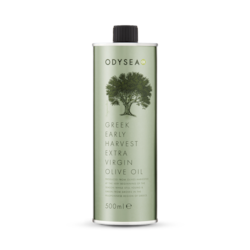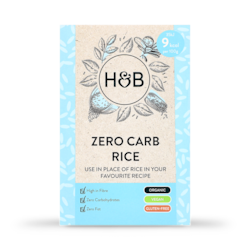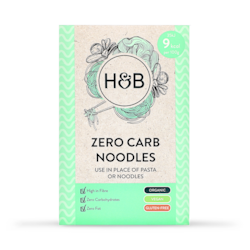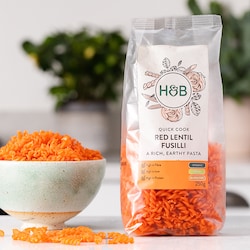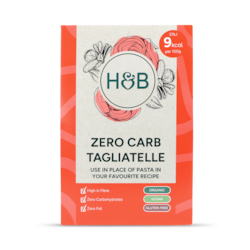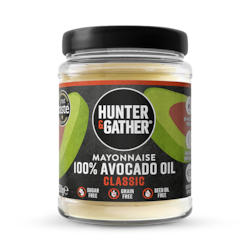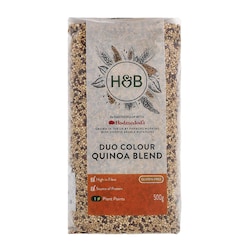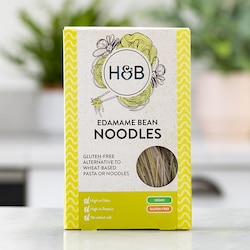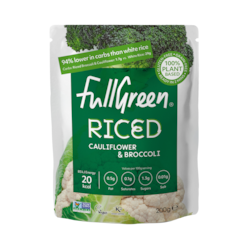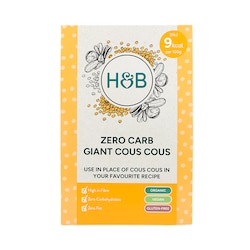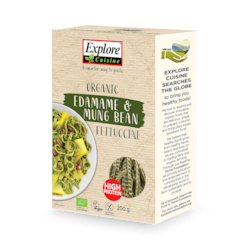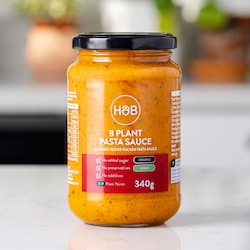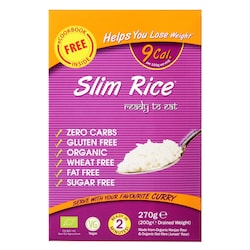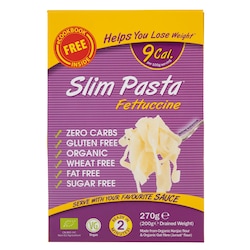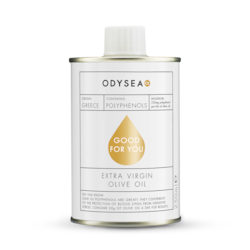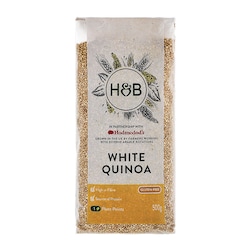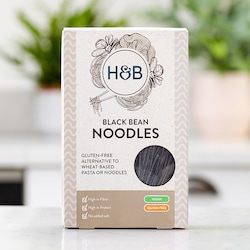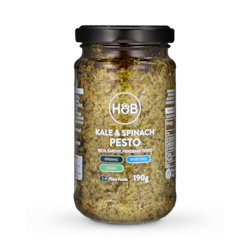20% off £30
What is polenta? Is polenta healthy?

Summary
1What is polenta?
Pronounced poh-lehn-ta, polenta is a cornmeal concoction that started out as ‘peasant food’ in Northern Italy...
2Is polenta healthy?
Although it doesn’t contain a wide range of vitamins and minerals, without any cheese or cream, polenta is considered a relatively healthy dish...
3What is polenta used for?
Polenta is a versatile ingredient, and can be used in a number of ways. These include porridge, instead of rice or potatoes, as breadcrumbs and more..
Interested in the health benefits of polenta? Don’t worry there’s polenta to go around!
Versatile, cheap and oh-so-easy to prepare, it’s not a surprise that polenta has grown in popularity across the globe from its humble beginnings in Northern Italy.
It’s made by cooking ground cornmeal in salted water, which transforms it into a creamy side dish or breakfast – quite similar to porridge in consistency.
But is polenta healthy? Keep on reading to find out all the wonderful health benefits polenta has to offer.
What is polenta?
Is polenta healthy?
Nutrition of polenta
| Energy | Carbs | Fibre | Sugar | Protein | |
| Amount | 64kcal | 13g | 0.8g | 0g | 1.6g |
Carbs in polenta
Can you get vegan polenta?
Where to buy polenta
Is polenta healthier than rice?
What is polenta used for?
- As a porridge-like side dish
- Instead of potatoes or rice
- As breadcrumbs
- As a gluten-free swap for flour in baking
Is polenta suitable for everyone?
Potential side effects of polenta
9 best polenta alternatives
What are the health benefits of polenta?
- Complex carbohydrate: Although polenta is made from corn, it’s not the same as the sweet corn on the cob variety that you stick on a BBQ.
This corn is far starchier. A great alternative to refined carbs like white bread and pasta, polenta takes longer to break down in your digestive system, which can help you stay feeling fuller for longer and provide long-lasting energy to use throughout the day. - Low in sugar: Although polenta is pretty carb-heavy, it is naturally low in sugar. This is a great combination as you will get the benefits from its impressive carbohydrate content, without having all the excess sugar that often comes along with high-carb foods.
- A decent source of plant protein: Plants have protein too, and while polenta might not have the highest plant protein content, every little counts.
As you can see from the nutritional information above, a 50g (raw) serving contains 3.5g of protein by itself – if you just cook it with plain old water.
If you use cow’s milk or plant milk you can increase the protein even more. Polenta is usually served up as a side anyway, so when you add additional proteins like meat, fish, meat alternatives or other veggies, you’re serving yourself up a well-balanced meal. Handpicked content: Your ultimate guide to plant-based protein - Is polenta gluten free?: Yes!
Corn is gluten free, so guess what? Polenta is gluten free, too!
This means you can enjoy all the benefits of complex carbohydrates without having to get gluten involved.
Always make sure to study the ingredients carefully, as some manufacturers may add ingredients containing gluten. Some products may be manufactured in a factory that handles gluten-containing foods, too, so there may be a cross-contamination risk. - Rich in antioxidants: The cornmeal used to make polenta is naturally rich in protective compounds called antioxidants. Most of them are fall into the ‘carotenoid’ and ‘phenolic’ categories, which can help to protect cells in your body from oxidative stress and damage.
How to cook polenta
How to cook traditional polenta
- Bring your water or milk to the boil and continually whisk while you add the polenta.
- Keep stirring regularly and wait for the starch to break down into a smooth consistency, which should take about 50 minutes, depending on how coarse the cornmeal is.
- Then add a knob of butter, some grated cheese and plenty of your favourite seasonings to make it tasty. Simple!



